The Art of Plating: Tips and Inspiration for Beautiful and Instagram-Worthy Dishes
In the world of food, the way a dish is plated can make or break the dining experience, and can even determine the success of a restaurant. The art of plating has become an essential aspect of culinary creativity, with chefs around the world carefully arranging food on a plate to create a visually stunning masterpiece.
Good plating isn’t just about making a dish look pretty, it’s about creating a multi-sensory experience that engages all of the senses. From the way the food is arranged, to the colors and textures that are used, every element plays a role in the final result. In this article, we’ll explore the art of plating and provide tips and inspiration for creating beautiful and visually stunning dishes that will leave your guests in awe.
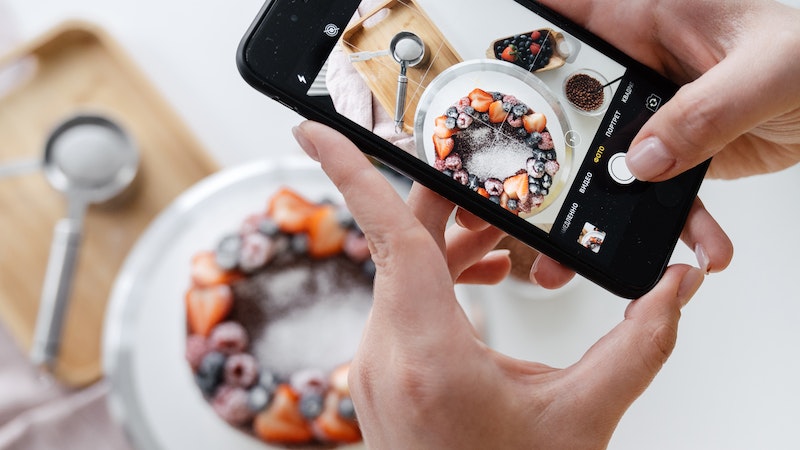
Some Practical Tips for Beautiful Plating
Plating is an essential aspect of cooking that involves creating an appetizing and visually appealing meal. To achieve that, chefs must consider balance, color, texture, and use tue proper tools and techniques for creating different effects.
Balance
Balance refers to the arrangement of elements on the plate in a way that creates a visually pleasing and harmonious composition. Plating should take into account the different components of the dish, such as proteins, vegetables, and starches, and ensure that each element is proportionally represented. A well-balanced dish will have a mix of colors, textures, and flavors that complement each other.
Color
This is an essential element of plating that can make a dish more visually appealing. Chefs can use a variety of colors to create contrast and add interest to a plate. For example, contrasting the bright green of steamed vegetables with the deep red of a steak can make both elements stand out more. However, using too many colors can overwhelm the plate and create confusion, so it should be avoided.
Texture
Combining different textures, such as crispy and soft, can add interest to a dish. Chefs can use techniques such as frying, grilling, and roasting to create different textures in their dishes. Tools like squeeze bottles and spoons are useful to add some sauce scratches or smears across the plate.
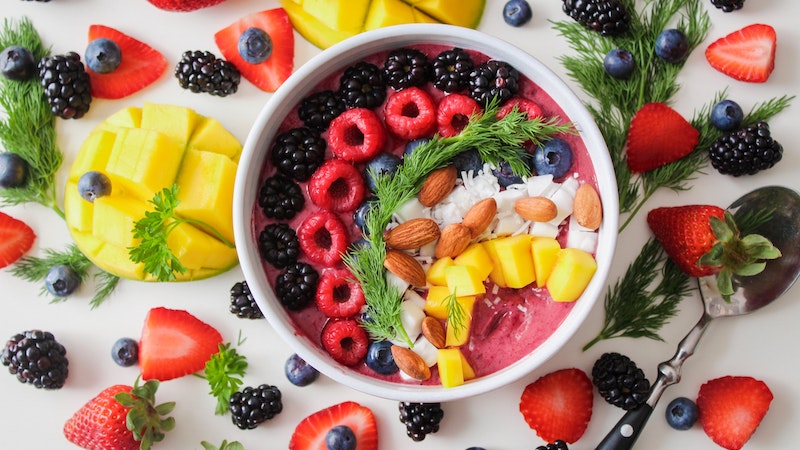
Tools and Techniques
Chefs can use various tools and techniques to create different effects on a plate. For example, a quenelle is a classic technique that involves using two spoons to create an oval-shaped portion of food, such as ice cream or puree. A swoosh involves spreading a sauce in a curved line across the plate, while a smear involves dragging a spoon through a sauce to create a streak. Sprinkling herbs, spices, or nuts over a dish can add texture and flavor.
Negative Space and Edible Garnishes
Negative space refers to the empty space on a plate that is intentionally left blank to create contrast and highlight the food. Edible garnishes such as microgreens, edible flowers, and herbs can add color and interest to a plate while also providing additional texture and flavor. However, chefs should avoid using non-edible garnishes or overcrowding the plate with too many elements that can detract from the dish.
Common Mistakes to Avoid
There are several errors that chefs should avoid when plating. Three of the most frequent mistakes are:
- Overcrowding the plate with too many elements: This can make the dish appear messy and unappetizing.
- Messy sauces that can detract from the overall presentation.
- Inconsistent and unfinished portions: Each element of the dish must be cooked and seasoned appropriately.
Inspiration for Creative Plating
The presentation of food can be just as important as the taste and quality of the dish itself. With the rise of social media and food culture, creative plating has become a popular trend in the culinary world. From rustic and minimalist to botanical and molecular, there are endless possibilities for plating styles and themes. Here are some inspiration and ideas for creative plating:
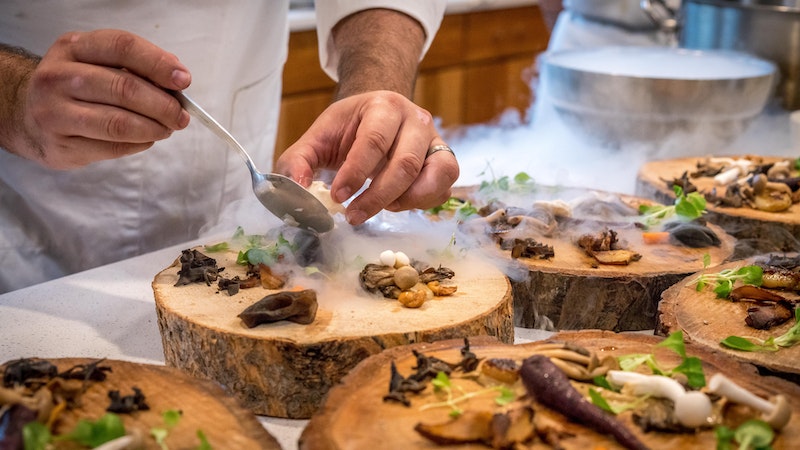
Trending Plating Styles and Themes
- Rustic: This plating style emphasizes the natural, organic feel of the ingredients. Think wooden boards, cast iron skillets, and mason jars. The dish should look like it was freshly picked from a farm or garden. You may use this plating style for a dish like rice with chicken, for example the one in this recipe: minuterice.com/recipes/cheesy-chicken-and-rice/ Try to use simple garnishes like fresh herbs or a drizzle of olive oil.
- Minimalist: Focused on the elegance of simplicity, the dish should have clean lines and minimal decoration. Use negative space to highlight the key components of the dish. This style is perfect for showcasing intricate flavors and textures.
- Botanical: This style incorporates elements of nature, such as flowers, leaves, and branches and is great for fresh and light dishes, like salads and seafood. You may use edible flowers, microgreens, and herbs as garnishes.
- Molecular: The molecular plating style is all about science and experimentation. Use tools like spherification, foams, and powders to create unique textures and shapes. This style is perfect for modernist cuisine and avant-garde dishes.
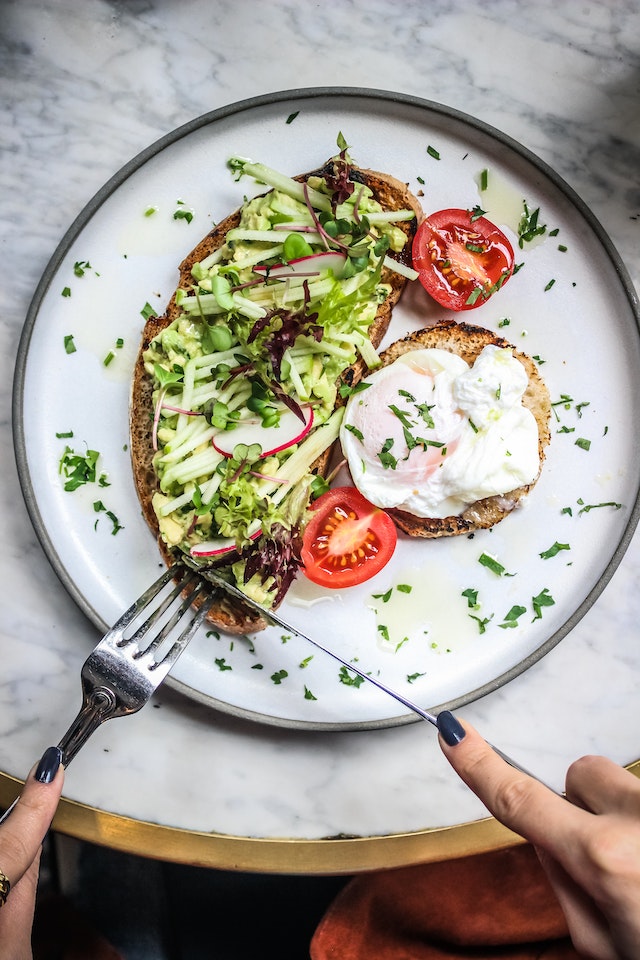
Unconventional Ingredients and Presentation Methods
- Edible Flowers are a beautiful and unexpected addition to any dish. Use them as a garnish or incorporate them into the dish itself. Frequently used edible flowers are roses, pansies, and violets.
- Food Sculptures are a creative and impressive way to present a dish. Use ingredients like fruits and vegetables to create intricate designs and structures that go perfect for formal occasions and fine dining.
- Deconstructed Dishes break down the components of a dish and present them separately. This style allows diners to experience the flavors and textures of each component individually. You can use small bowls or plates to showcase each element.
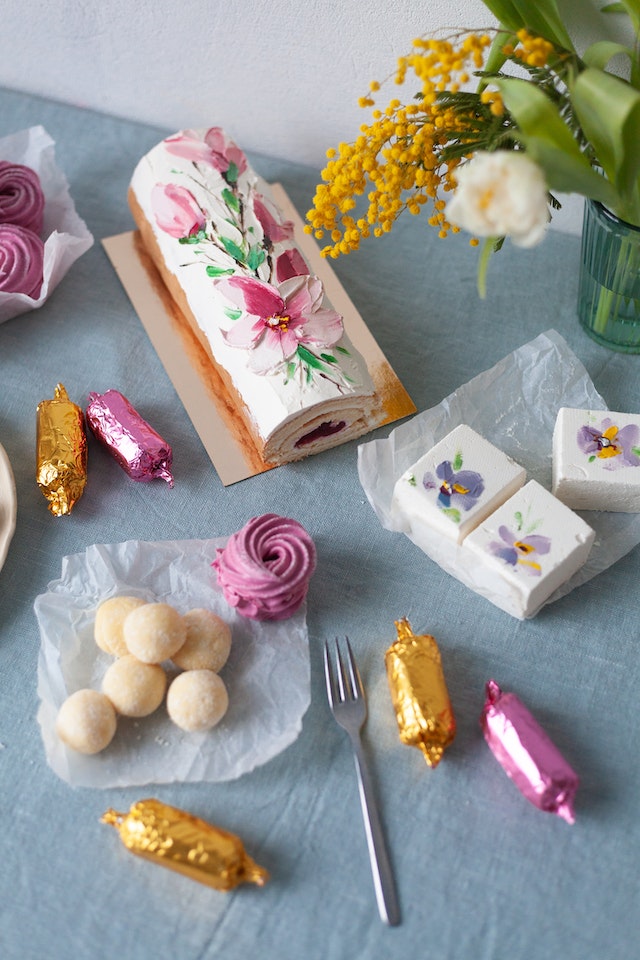
Beyond Plating: Photography and Social Media Tips
In the world of food photography and videography, capturing the best shot is essential for creating a good impact on social media. However, it goes beyond just plating the food. Here are some tips to take your food photography to the next level.
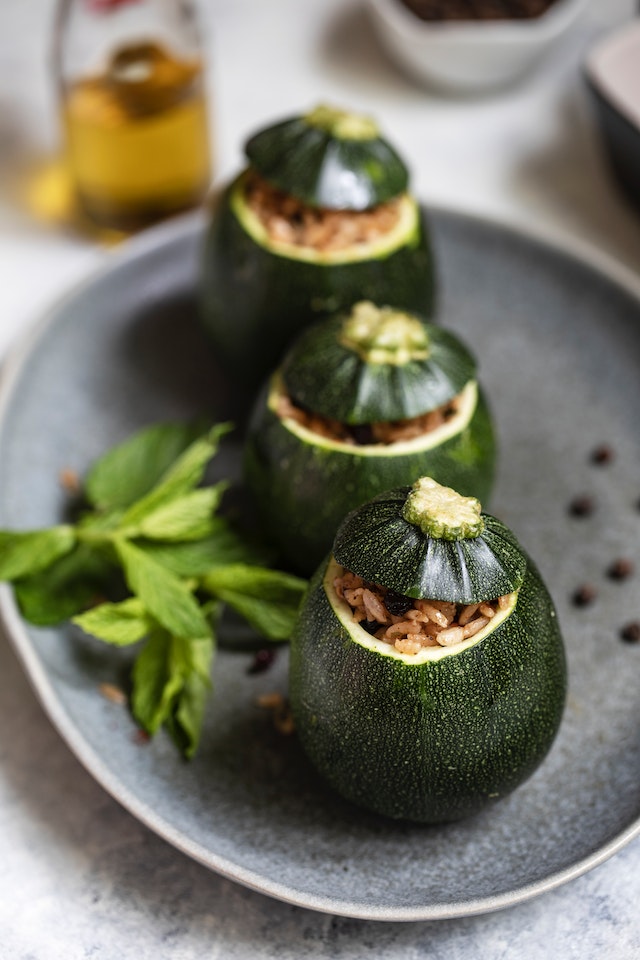
Lighting and Angles
Lighting is crucial in photography, and food photography is no exception. Natural light is the best option, but if you’re indoors, you can use artificial light. Avoid using the camera flash as it can create harsh shadows and reflections on the food and plate surface.
When it comes to angles, experiment with different perspectives to find the one that highlights the dish’s best features. Taking photos from above or at a 45-degree angle can make the dish more appealing.
Props and Storytelling
Using props can enhance your food photography and create a story around the dish. You can use plates, cutlery, flowers, and even some raw ingredients to add interest to the shot. However, be careful not to overdo it, as it can be distracting.
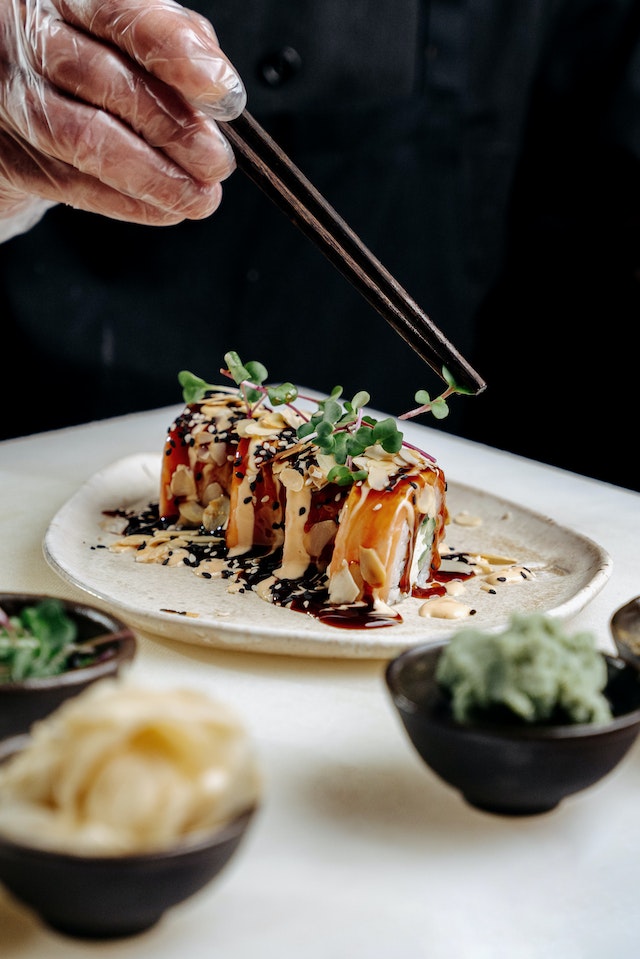
Storytelling is another essential aspect of food photography. Sharing the story behind the dish can make it more relatable and compelling. It can also help build a connection with your audience.
Branding and Social Media
Branding is vital in food photography and social media. Having a consistent theme and aesthetic can help build recognition and make your profile more visually appealing. Use filters, colors, and fonts that align with your brand.
Engaging with your audience is key to growing your following and enhancing influencer marketing. Responding to comments, hosting giveaways, and collaborating with other influencers can help increase your reach and build a loyal following.


